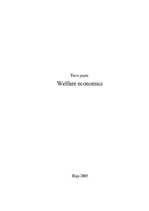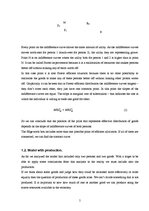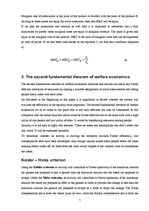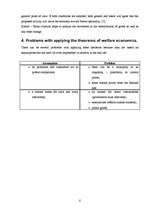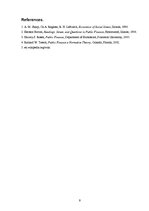-
Welfare Economics
| Nr. | Chapter | Page. |
| 1. | Searching for effective allocation of goods | 4 |
| 1.1. | Pure exchange economy. The Edgeworth box | 4 |
| 1.2. | Model with production | 6 |
| 2. | The first fundamental theorem of welfare economics | 7 |
| 3. | The second fundamental theorem of welfare economics | 7 |
| Kaldor – Hicks criterion | 8 | |
| 4. | Problems with applying the theorems of welfare economics | 8 |
| References | 9 |
Welfare economics is the branch of economic theory concerned with the social desirability of alternative economic states. The theory is used to distinguish the circumstances under which markets can be expected to perform well from those under which markets fail to produce desirable results. [1; 33]
It can be said that it is economics with a heart - the study of how different forms of economic activity and different methods of allocating scarce resources affect the well being of different individuals or countries [5].
It has always been an actual question about welfare economics – the role of the state in social and economical affairs. During the history there have been different opinions what should the welfare economics offer. For a better understanding of the welfare economics we must start analyzing it with a simple model with two persons and two goods and after that try to adapt this model to an economy as a whole.…
Referātā apskatīta labklājības ekonomika (welfare economics), edgeworth box, labklājības ekonomikas teorēmas u.tml. Ietverti grafiki un diagrammas.

